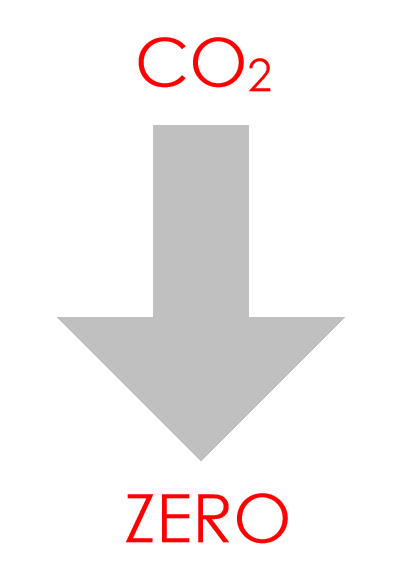
23.7.2025

Reducing Embodied Carbon in Passive House Projects: Moving Toward True Climate Impact Reduction
Passive House design is renowned for its ultra-low operational energy, airtight construction, and exceptional comfort. However, as operational energy demands drop to near-zero, embodied carbon the emissions from material extraction, manufacturing, transportation, and construction becomes a much larger share of a building’s total climate impact.
For Passive House builders, designers, and owners aiming for true climate leadership, addressing embodied carbon is the next frontier. Here is how you can approach reducing embodied carbon without compromising the high performance of Passive House projects:
Why Embodied Carbon Matters
Operational carbon reductions are no longer enough. For new construction, embodied carbon can account for up to 50% of total life-cycle emissions.
The next 10-15 years are critical for climate action, making up-front carbon reductions essential.
Focusing solely on operational energy may inadvertently increase embodied carbon if heavier, higher-emission materials are used unnecessarily.
Strategies for Reducing Embodied Carbon in Passive House Projects
1. Optimize Building Size and Design
a. Right-size your building to meet user needs without excess area.
b. Simplify geometry to reduce material use while maintaining Passive House airtightness and insulation levels.
c. Minimize unnecessary finishes and layers.
2. Prioritize Low-Carbon Materials
a. Choose bio-based materials (wood, cellulose, straw, cork) that sequester carbon.
b. Select low-carbon concrete mixes (using fly ash, slag, or lower cement content).
c. Use recycled steel and aluminum when needed for structure or window frames.
d. Evaluate insulation materials for embodied carbon impacts (e.g., cellulose vs. foam insulation).
3. Conduct Whole Building Life Cycle Assessments (LCA)
a. Use tools like One Click LCA, EC3, or PHribbon for PHPP to measure the embodied carbon of your material selections.
b. Identify high-impact materials (often concrete, steel, and insulation) and evaluate alternatives.
4. Focus on Durability and Adaptability
a. Long-lasting buildings reduce replacement cycles and thus embodied carbon over time.
b. Design for disassembly and future adaptability to extend the building’s useful life.
5. Source Materials Locally
a. Reduce transportation emissions by sourcing materials regionally where possible.
6. Balance Operational and Embodied Carbon
a. Be cautious of “overbuilding” to chase marginal operational energy improvements that require significantly more material.
b. Use PHPP sensitivity analysis to find the sweetspot where both operational energy and embodied carbon are minimized.
Tools and Resources
· Passive House Canada: Embodied Carbon Guidelines
· Athena Impact Estimator for Buildings
· PHribbon (for embodied carbon in PHPP)
· The Carbon Leadership Forum resources
· Building Transparency EC3 tool
Conclusion: Passive House + Low Embodied Carbon = True Climate Performance
Achieving Passive House certification ensures your building performs at the highest level of operational energy efficiency. By pairing this with low-embodied-carbon design, you ensure your project contributes meaningfully to climate goals across its entire lifecycle.
For designers, builders, and clients aiming to lead in sustainability, addressing embodied carbon in your Passive House project is not just an option—it’s the next essential step in holistic, responsible building.